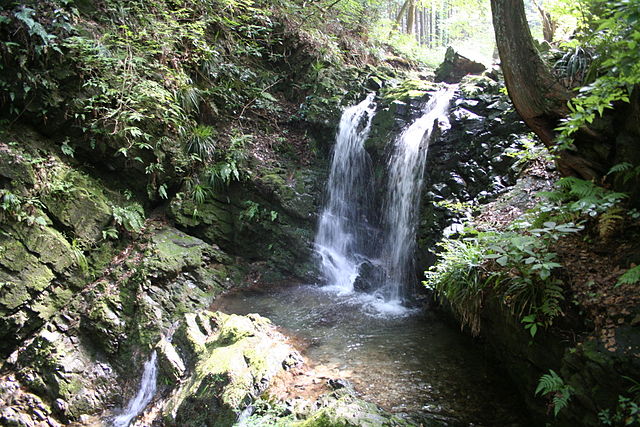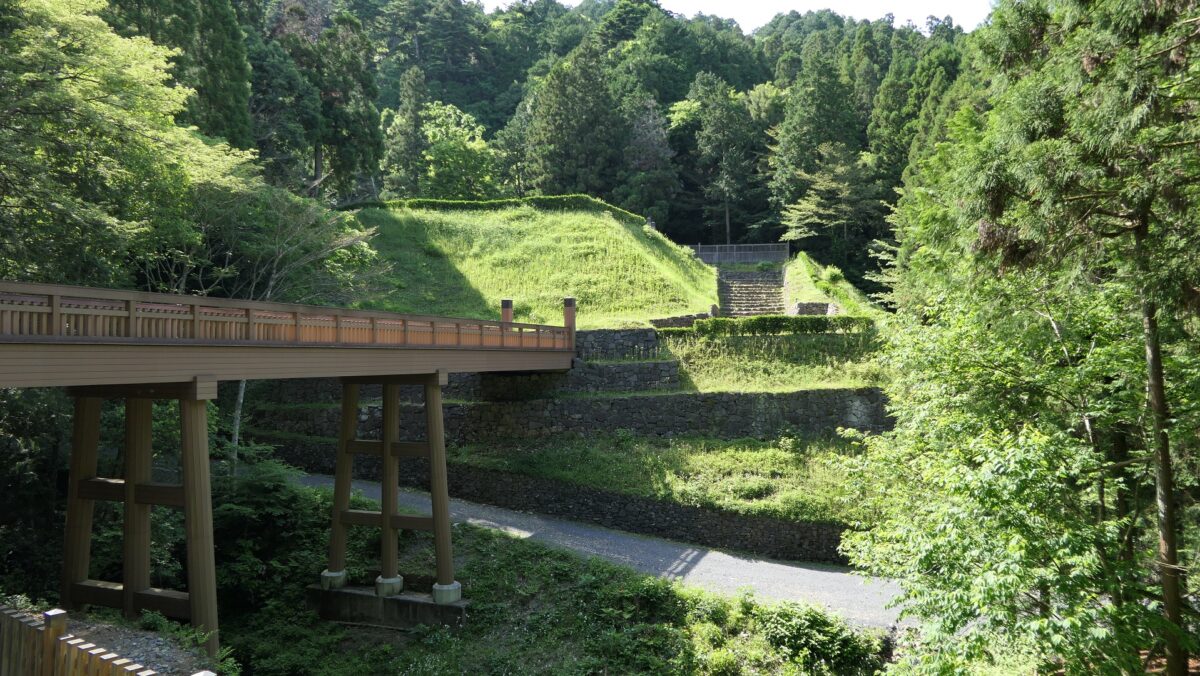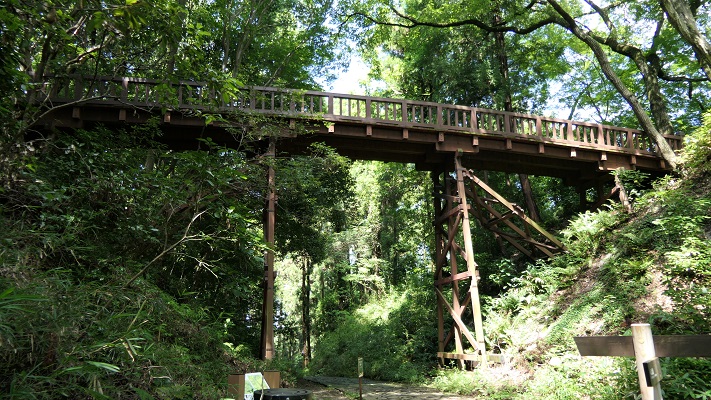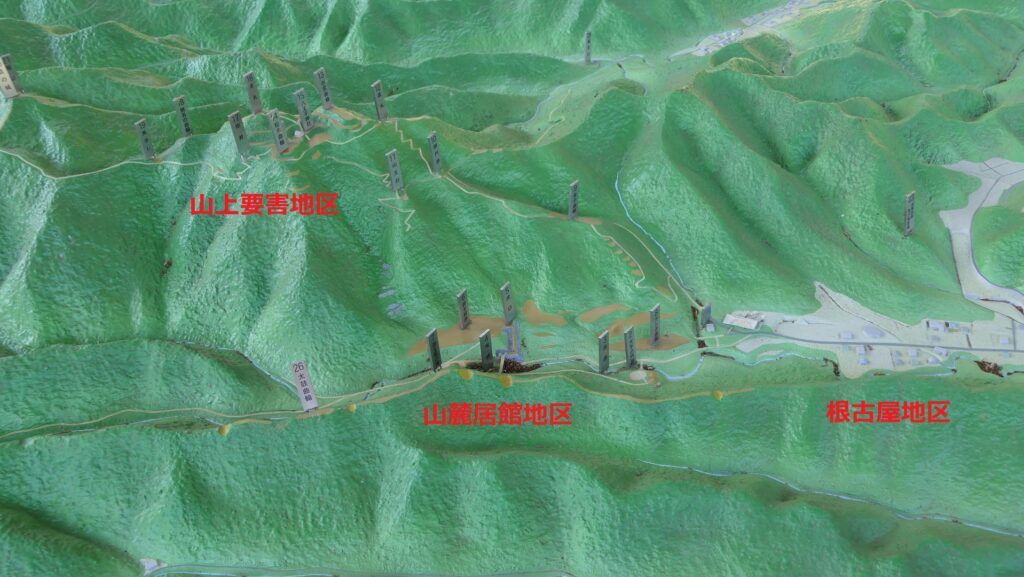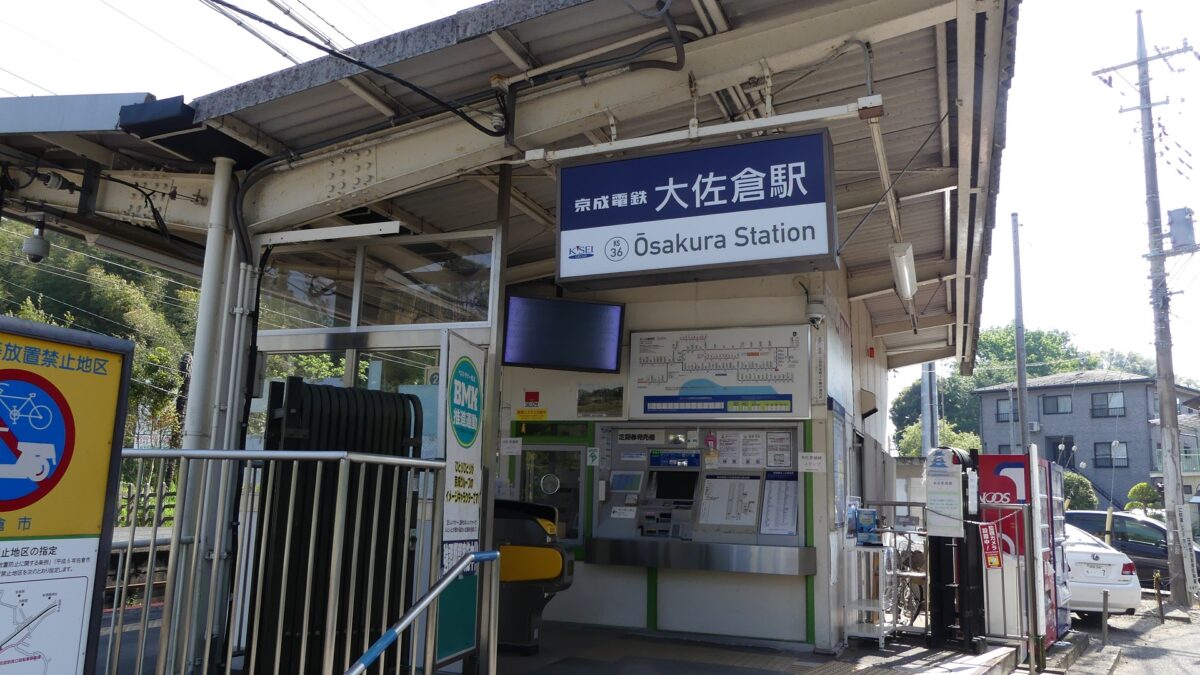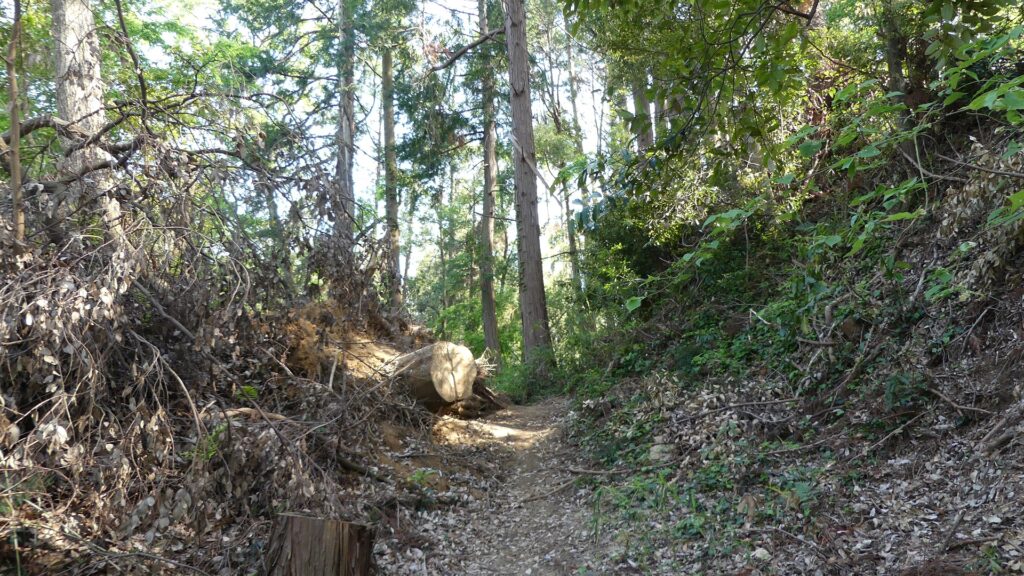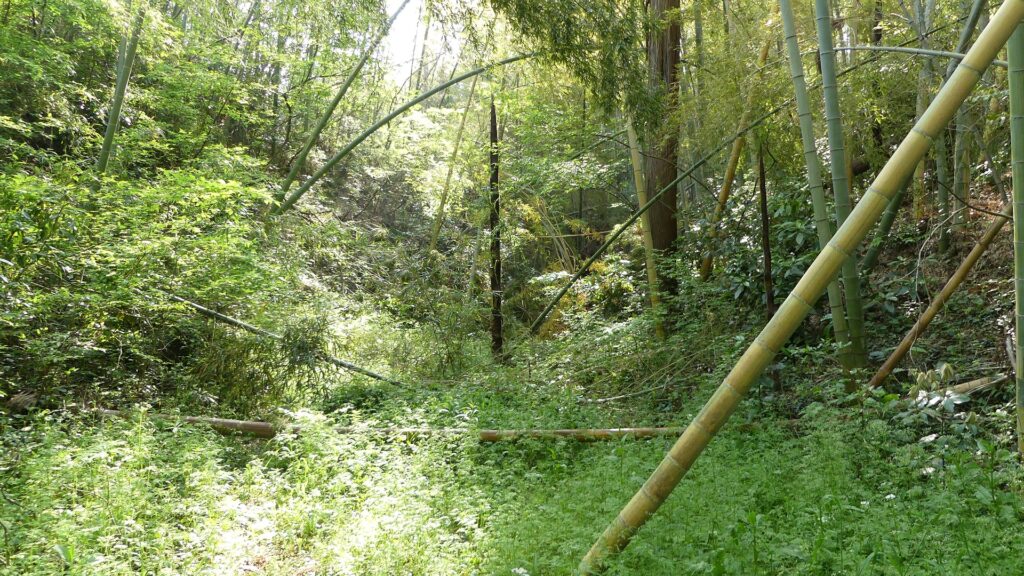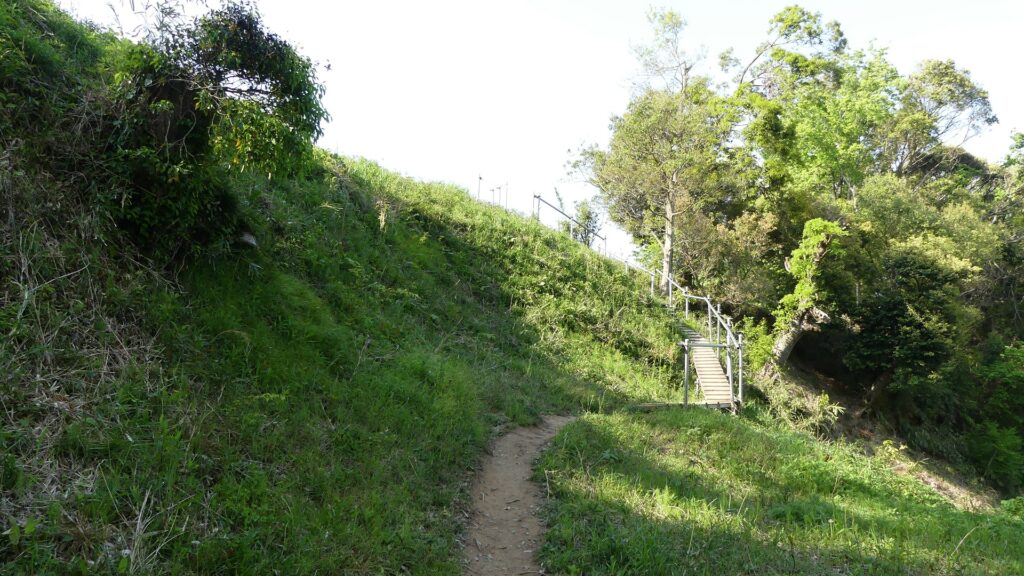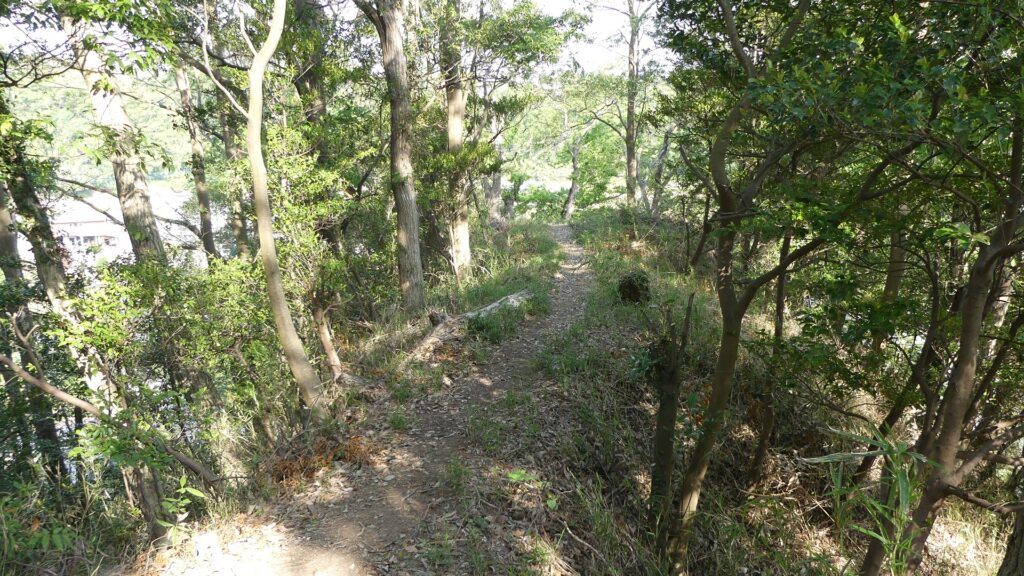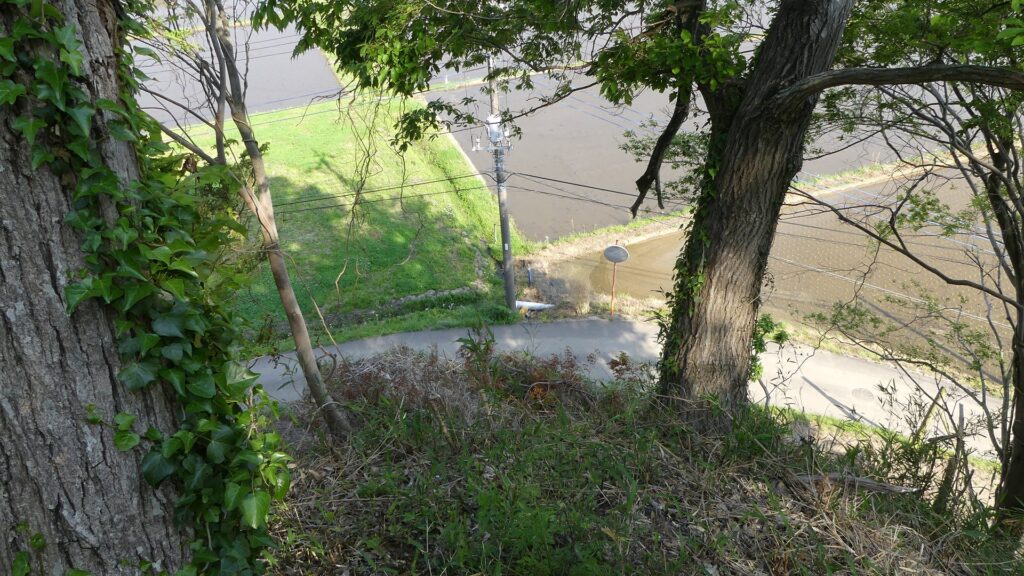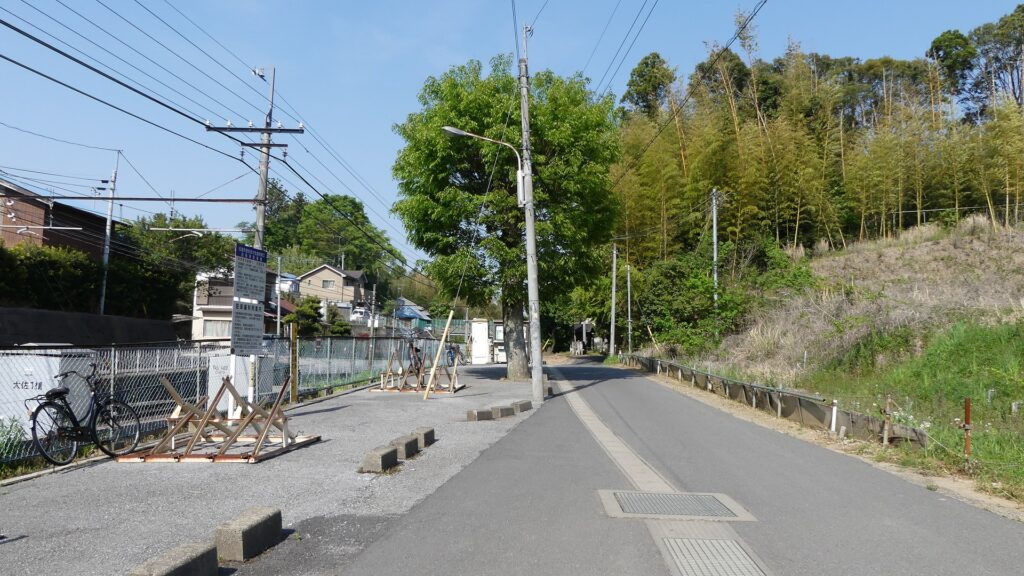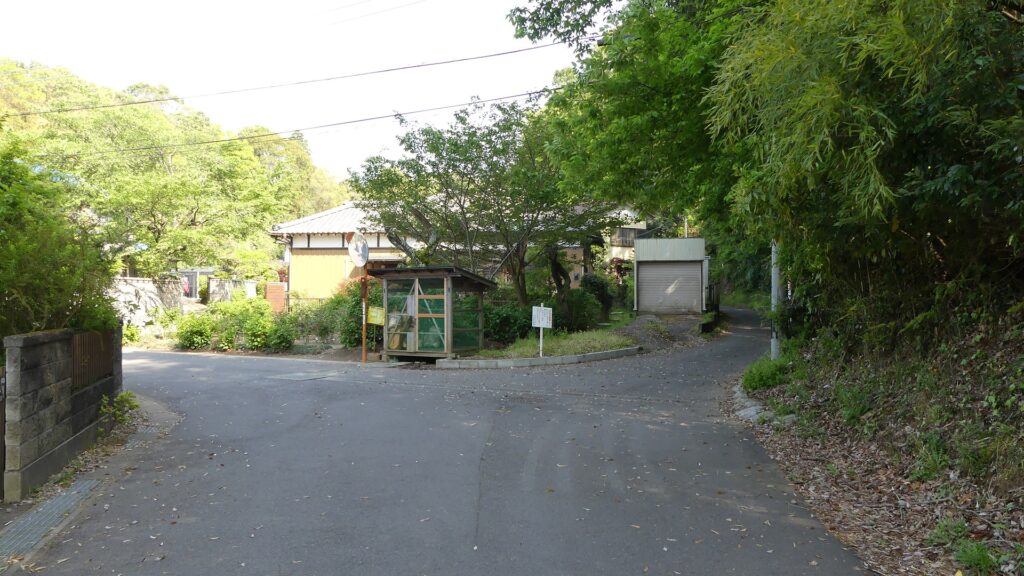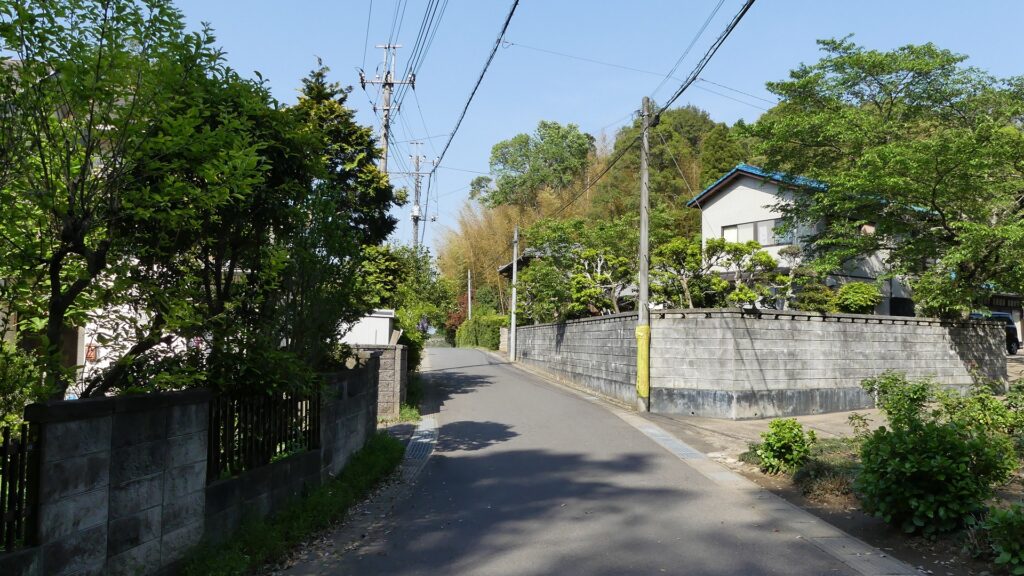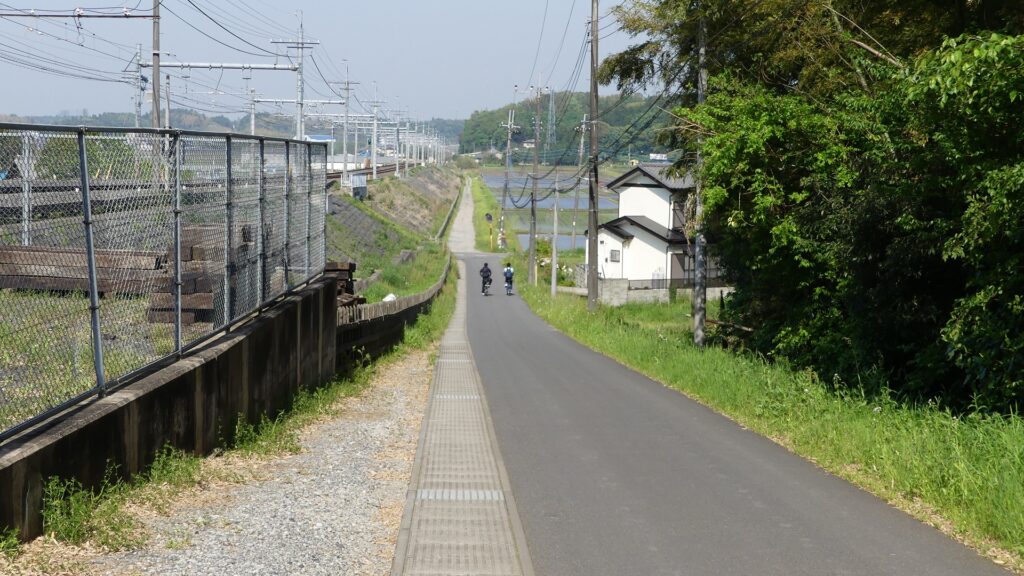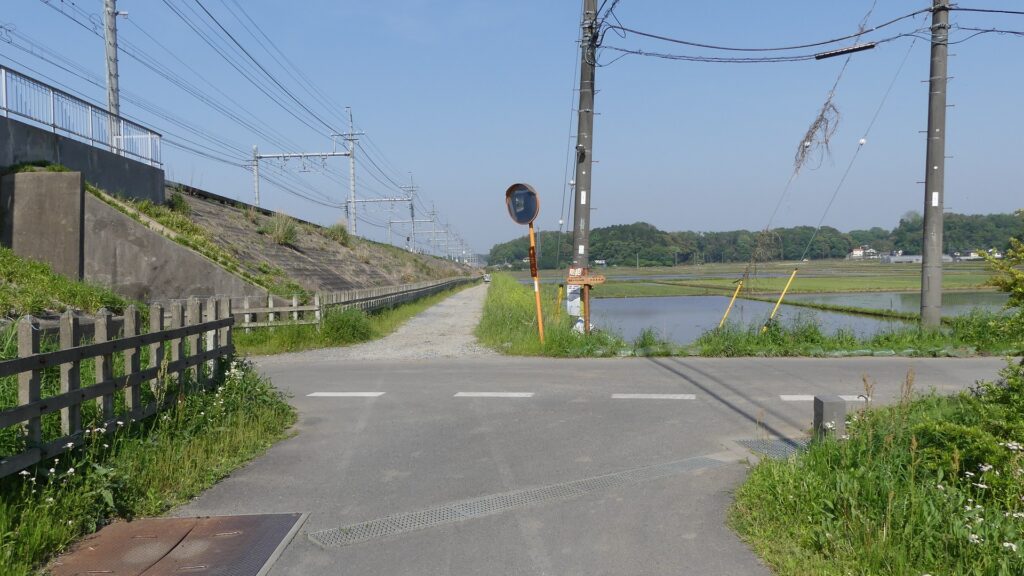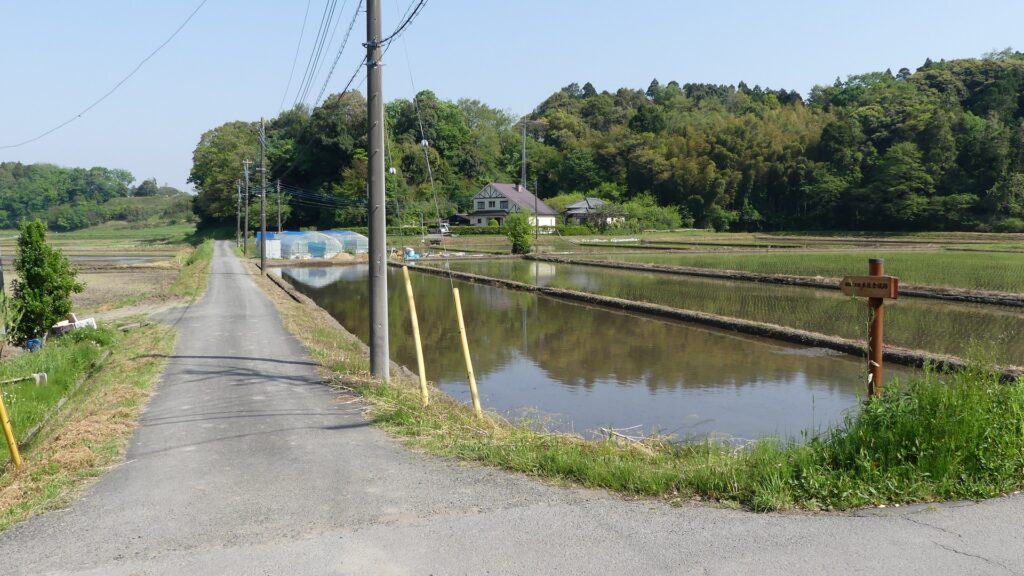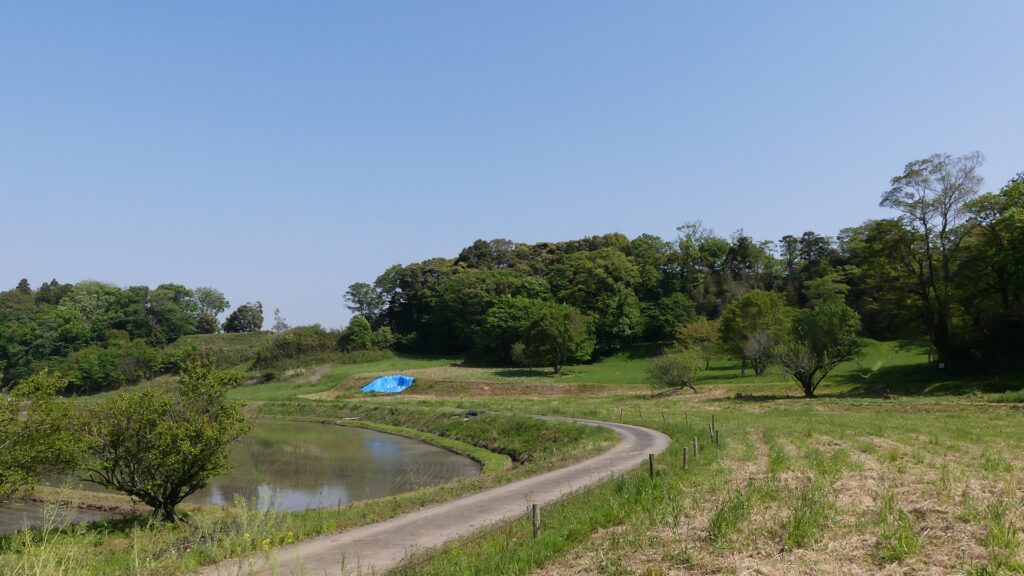Location and History
One of main Branch Castles of Hojo Clan
Hachioji Castle was a large mountain castle located in what is now Hachioji City, the western part of Tokyo Metropolitan, the Kanto Region. In the late 16th Century during the Sengoku Period, the Hojo Clan owned most of the region. The clan was based in Odawara Castle located at the southwest corner of the region, while they built the network of branch castles in the region to maintain their territory. Hachioji Castle was one of the main branch castles for the clan.
The location of the castleThe castle was first built by Ujiteru Hojo at latest in 1584, replacing Takiyama Castle located about 10km northeast of Hachioji Castle. There were several reasons for the replacement, one of which was that the Hojo Clan wanted to have a much stronger castle. The tension between Hojo and the ruler, Hideyoshi Toyotomi was increasing at that time, so Hojo hurried to improve the castle. They put as much of their power and technology as they could into this castle.
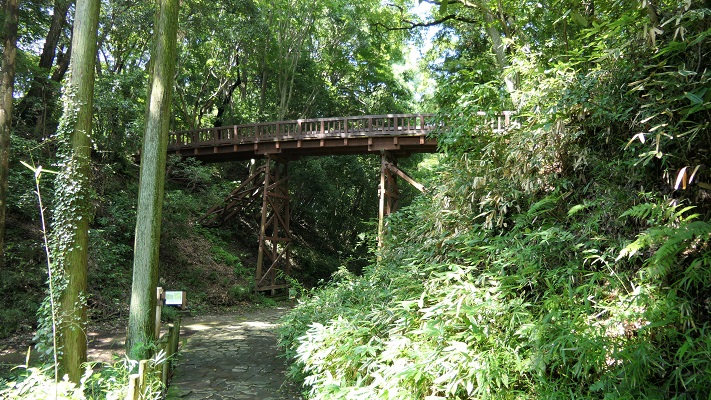
Three Parts
Hachioji Castle consisted of three parts. The first one is called the Nekoya Area which was used for residences of retainers and craftsmen around the entrance of the castle. This area is alongside the Shiroyama River in a valley terrain.
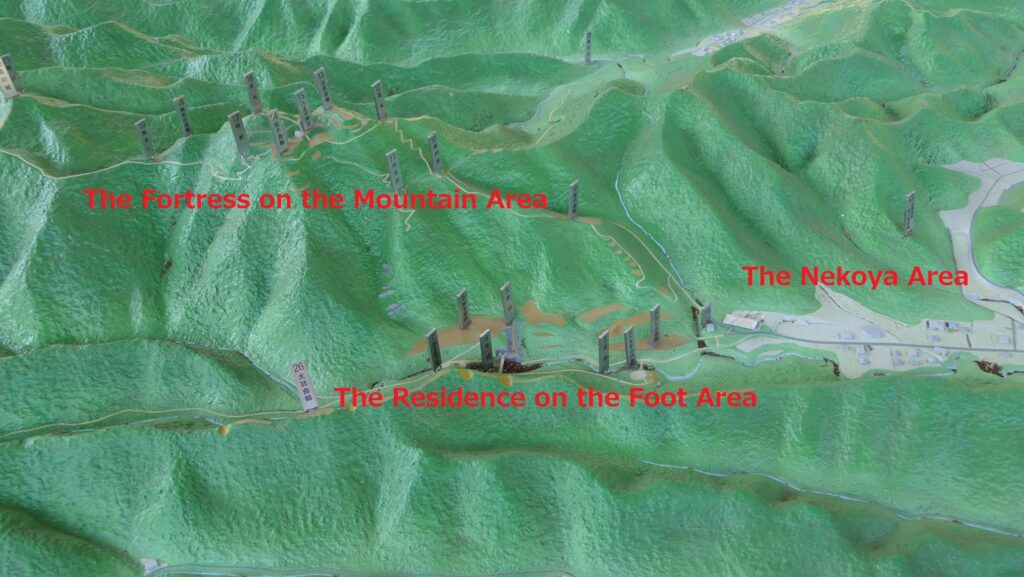
The second part is called the Residence on the Foot Area where the Main Hall for the lord of the castle was built. This area is also alongside the river and the back of the Nekoya Area but was strictly protected. Visitors had to go across the river to enter the Main Gate, go the Main Route, and go across the river again over the Movable Bridge in front of the Main Hall. The bridge would be removed when a battle happened. The entrance of the hall was zigzagged, and its foundation was covered with terraced stone walls. The hall was made up of several buildings including the formal ones called “Shuden” or the Palace, and “Kaisho” or the Club. It also had a pond garden to host visitors. A lot of items such as utensils, weapons, and imported porcelains were found by the excavation.
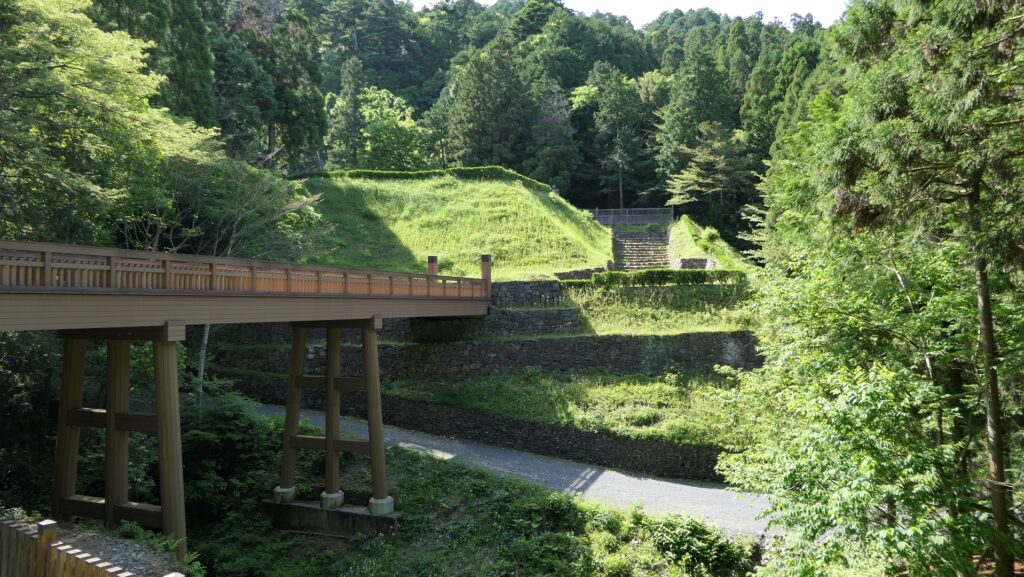
The last part is the Fortress on the Mountain Area which would be used when a battle happened. The Main Enclosure is on the 445m high top of the mountain (about 200m higher than the foot, which itself is a 200m above ground). Many other enclosures were built around the Main Enclosure and the ridges are used for the trails between the top and the foot of the mountain. In particular, lots of stone walls covered these enclosures and trails. In addition, not only the front of the Main Enclosure, but also the back of it was also protected strictly by small forts and ridges covered with stone walls. Such structures for a mountain castle were very rare, so the castle can be seen a completed version of mountain castles in Japan.
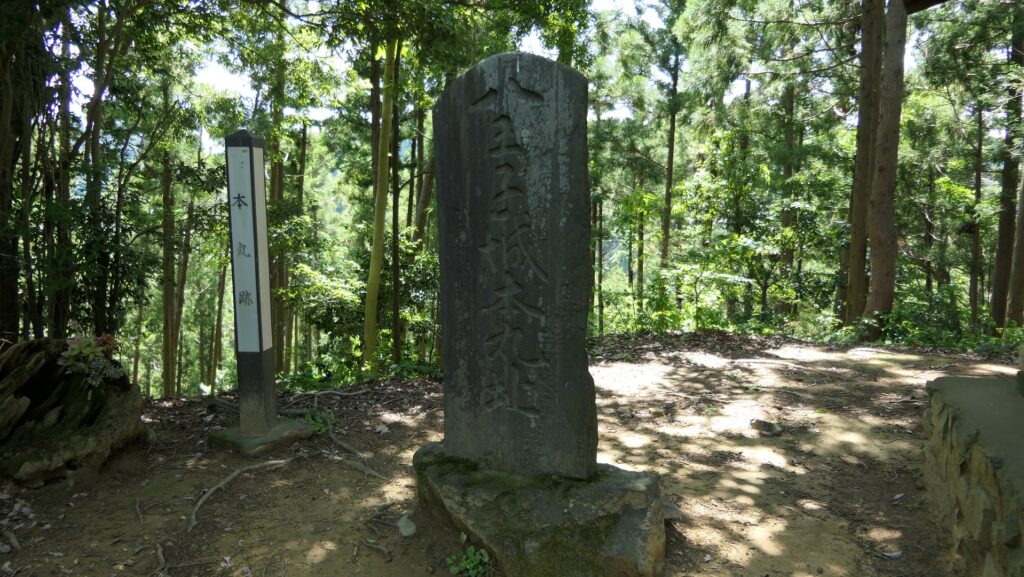
Captured by Hideyoshi Toyotomi’s troop in One day
However, the castle was taken over by Hideyoshi’s troops in one day. On June 23, 1590, at least 35,000 soldiers attacked the castle, while the number of the defenders was only 3,000 including farmers and women. The lord, Ujiteru wasn’t there because he was at Odawara Castle. In addition, Hideyoshi ordered his troops to charge and capture the castle. The castle was too large for the 3,000 people to prevent from the bare-knuckled attack. There has been a sad story that many women threw themselves into the waterfall basin of the river before the castle fell.

